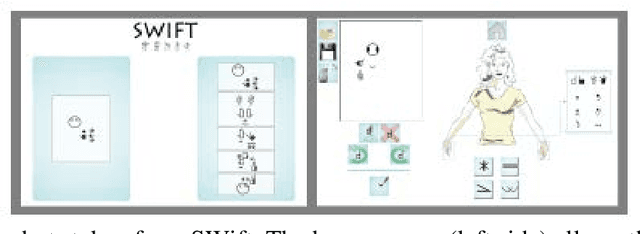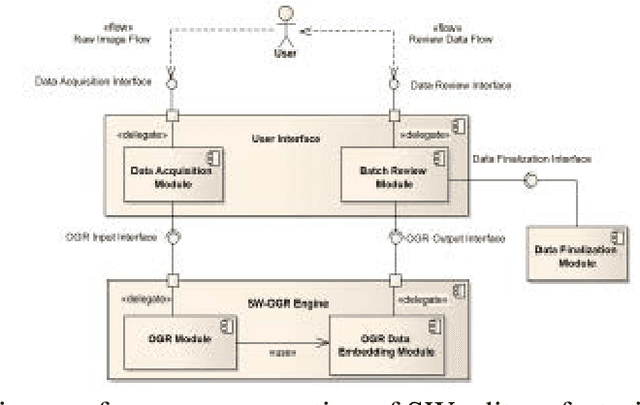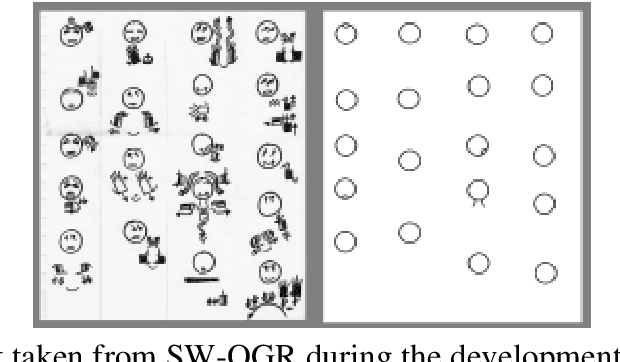Towards improving the e-learning experience for deaf students: e-LUX
Paper and Code
Nov 27, 2019



Deaf people are more heavily affected by the digital divide than many would expect. Moreover, most accessibility guidelines addressing their needs just deal with captioning and audio-content transcription. However, this approach to the problem does not consider that deaf people have big troubles with vocal languages, even in their written form. At present, only a few organizations, like W3C, produced guidelines dealing with one of their most distinctive expressions: Sign Language (SL). SL is, in fact, the visual-gestural language used by many deaf people to communicate with each other. The present work aims at supporting e-learning user experience (e-LUX) for these specific users by enhancing the accessibility of content and container services. In particular, we propose preliminary solutions to tailor activities which can be more fruitful when performed in one's own "native" language, which for most deaf people, especially younger ones, is represented by national SL.
 Add to Chrome
Add to Chrome Add to Firefox
Add to Firefox Add to Edge
Add to Edge